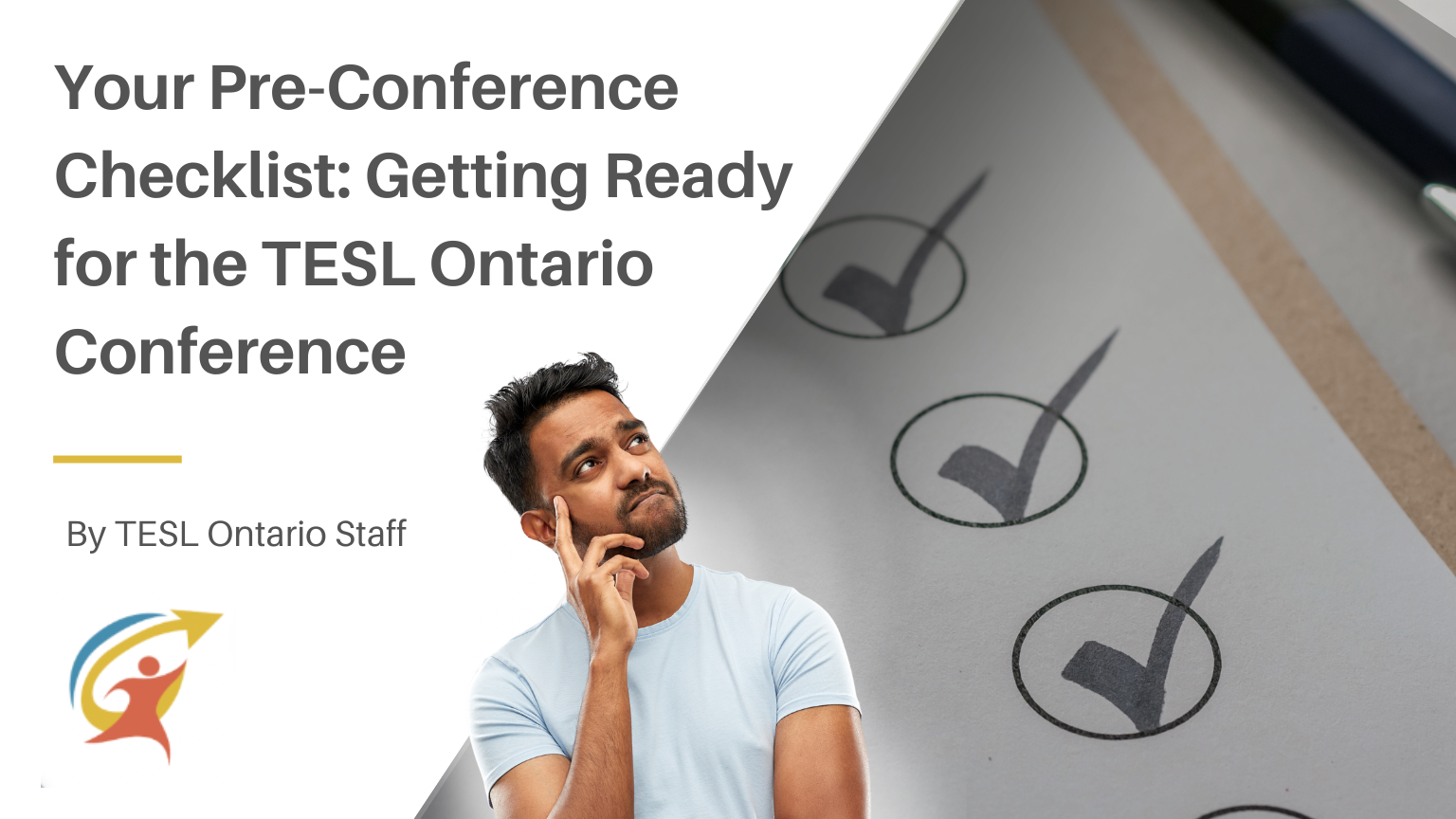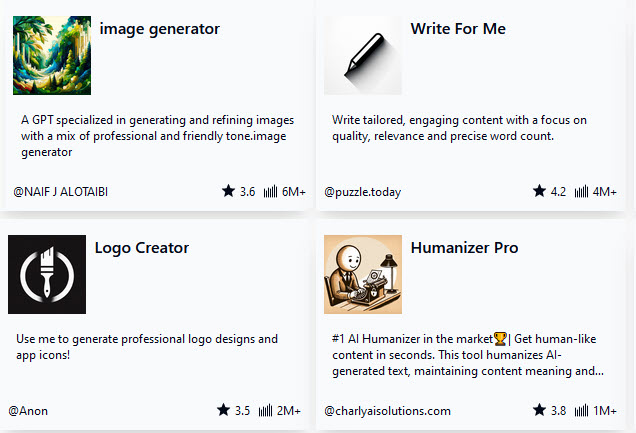I love to teach language learners how to write, from grammar and sentence structure to unity, clarity, and cohesion. As they advance, I ask them to check for rhythm and pacing, delete redundancies, and charge their writing with words that pop from the page into their readers’ imaginations. I show them how to carefully craft their sentences to persuade their audiences. Nothing makes me happier than to see these elements emerge in my students’ papers.
Continue readingCategory Archives: AI
AI? No, Thank You. I’d Rather Stick with My Teacher.
Teaching and learning in the age of AI is fascinating for both teachers and students. Both can largely benefit from this phenomenon, making their journeys much more efficient.  Of course, we all know when AI can backfire, and to be frank, as an ESL teacher, I think it backfires when irresponsibility creeps in on both ends. This blog post, however, isn’t focused on this issue. Instead, I’m going to focus on those who are responsible and committed to learning. I’d like to share my opinion and my experience in class when students eventually told me, “AI? No, thank you. I’d rather stick with you, human teacher.”
Of course, we all know when AI can backfire, and to be frank, as an ESL teacher, I think it backfires when irresponsibility creeps in on both ends. This blog post, however, isn’t focused on this issue. Instead, I’m going to focus on those who are responsible and committed to learning. I’d like to share my opinion and my experience in class when students eventually told me, “AI? No, thank you. I’d rather stick with you, human teacher.”
Artificial Intelligence: Are Educators Secure?
 Artificial intelligence is a quickly growing technological development that is rapidly transforming various sectors of society. Also referred to as “machine intelligence,” artificial intelligence (AI) is demonstrated by non-humanoid or humanoid robots that behave similarly to humans, and this technology can be applied to businesses in order to enhance and improve operational efficiency (Prentice et al., 2019).
Artificial intelligence is a quickly growing technological development that is rapidly transforming various sectors of society. Also referred to as “machine intelligence,” artificial intelligence (AI) is demonstrated by non-humanoid or humanoid robots that behave similarly to humans, and this technology can be applied to businesses in order to enhance and improve operational efficiency (Prentice et al., 2019).
Your Pre-Conference Checklist: Getting Ready for the TESL Ontario Annual Conference
With TESL Ontario’s annual conference just around the corner, prepare ahead of time to make the most of this enriching event. Whether this is your first time attending or you’re a seasoned conference-goer, this handy checklist will help ensure you are ready to engage, learn, and connect.
GPTs for Language Instructors
I know this is going to be confusing, so let me try to sort out this alphabet soup. GPT, or Generative Pre-trained Transformer model, is a type of artificial intelligence model developed by OpenAI. You should be familiar with ChatGPT, which is the most common tool. For language instructors, these tools can perform various tasks such as language translation, text summarization, question answering and much more, including:
- content creation
- customer support
- educational tools
- personalized learning experiences
- research assistance.
Incorporating Listening Activities Into Literacy Classes

Literacy teachers emphasize reading and writing because those are the only two skills assessed at the literacy level. However, when does the attention given to those two skills become excessive? And, by devoting the bulk of class time to those two skills, do we do so at the expense of a holistic approach to teaching?
Continue readingChatGPT Prompting the Basics

During interactions over the past year with language instructors in various venues, I have observed a trend with educators’ generative chat usage. Instructors are aware of generative chat technologies such as ChatGPT and Microsoft Edge Copilot through mainstream media, social media, relatives, students, or their peers. However, few have gone beyond sampling these tools a few times with basic prompts out of personal curiosity or to commence using prompts for lesson preparation.
Attempts at generating resources with a generative chat tool do not always result in usable content because instructors often give up after a few prompts. They do not understand that creating suitable content is an iterative process that involves structure, a defined target, skill, and imagination. In this post, I offer guidance for language educators trying to create content for instructional purposes through prompting generative chat tools. Continue reading
Fun with AI: Day 1 Introductions and Boundaries

This post is for those of us who are thinking of ways to introduce Dos and Don’ts about AI to our students from the very first day of classes. We can make this fun while ensuring that the task helps to establish our expectations of what constitutes appropriate AI use and what does not. For the following example, I used ChatGPT 3.5.
Continue readingClimbing Up and Sliding Down the AI Slope of Enlightenment

It has been a year since OpenAI released its generative chat app, ChatGPT. As an avid education technologist, I must confess that I jumped headfirst into the ChatGPT spectacle. This enthusiasm is documented by more than twenty professional development activities that have been facilitated or written over the past months. These are listed in the Resources section below.
Recently, I have taken a breath to reflect on ChatGPT and how it has dominated the conversation in education technology in 2023. Within this reflection I have mapped my experience against Gartner’s Hype Cycle of new technologies to document how I am faring in relation to education’s adoption of generative chat technologies.
Continue readingMoving beyond the shadows: Showcasing AI in the classroom

In my last blog post, I mentioned the hours I had spent examining students’ work for suspected AI use. Now, a couple of months later, I am more exhausted from the process than ever. We educators are still muddling our way through without clear policies or reliable detection tools, and are literally left “up to our own devices.”
But what if we change tack? What if we encourage students to use AI? Until now, I have balked at exploring its use in class, worried about introducing it to students who had never heard of it. After all, what kind of teacher would show students how to cheat? But I am no longer under such delusions. Unless they have been hiding under a rock, most students know exactly how to use AI tools.
Continue reading


